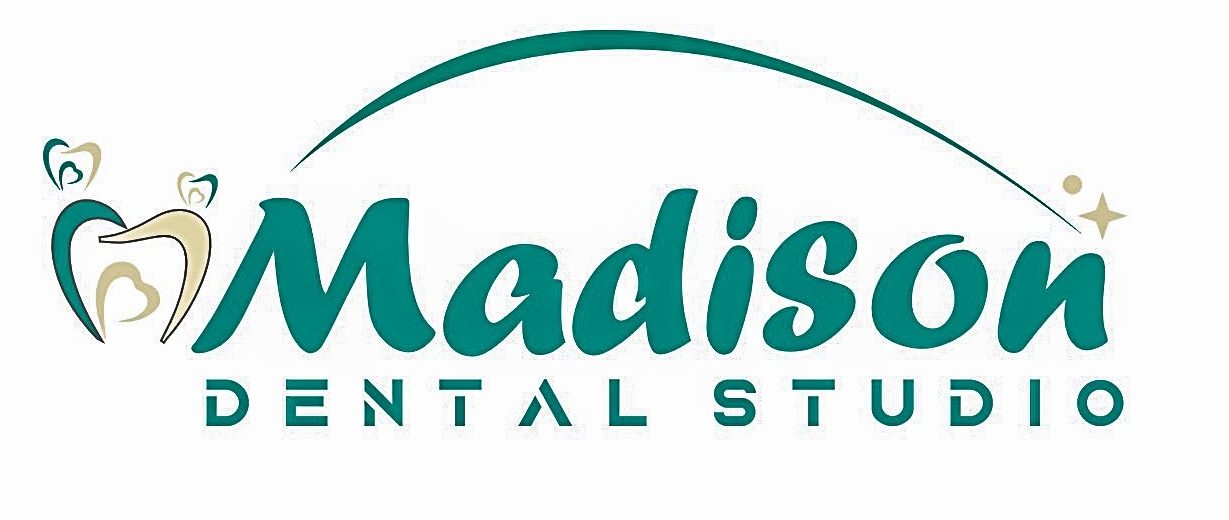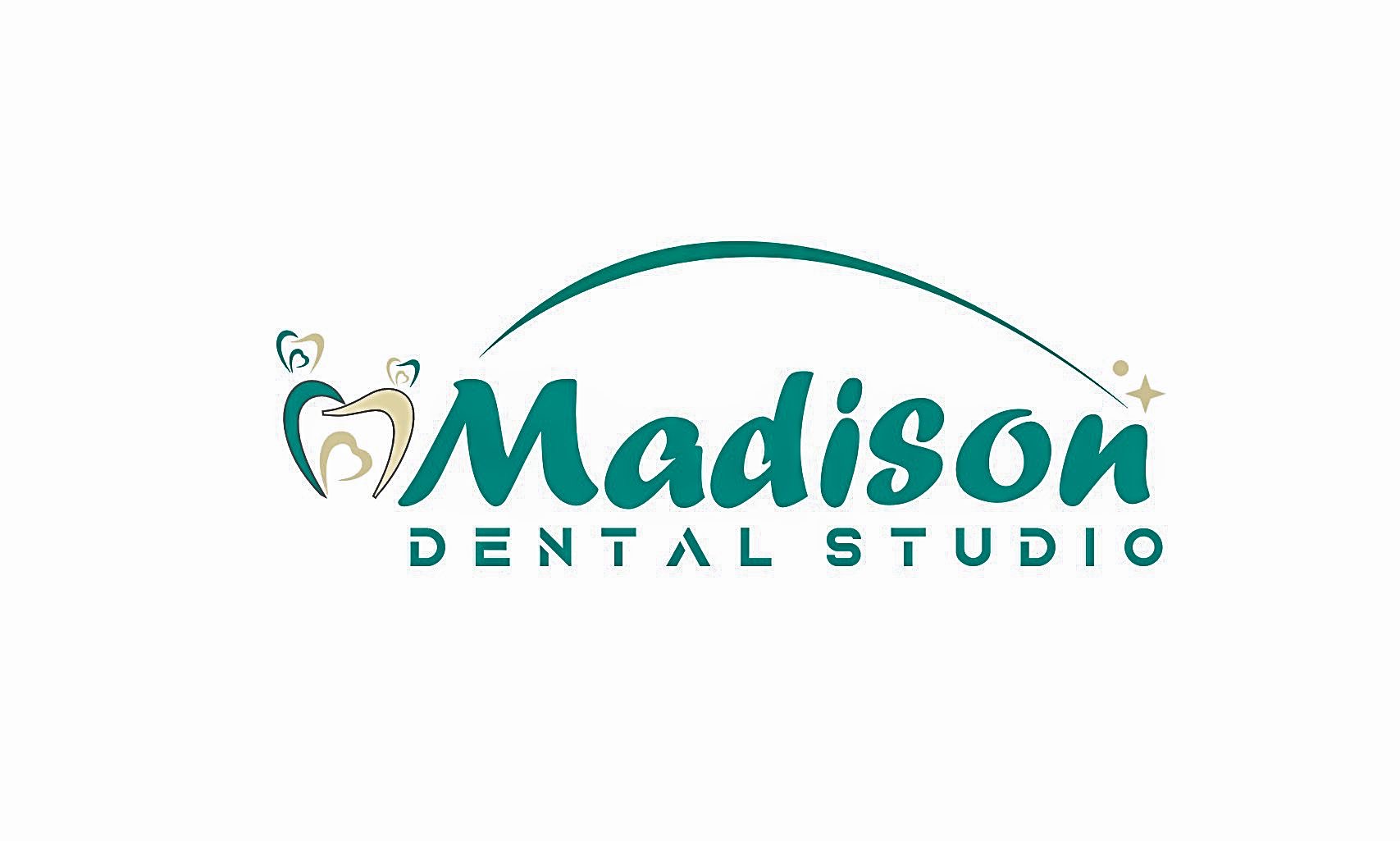If your teeth are missing, decayed, weakened or fractured, you might need a dental restoration. Examples of dental restorations include fillings, crowns, implants, bridges and dentures. See your dentist if you’re having any problems with your teeth.
What are dental restorations?
Restorations are the various ways your dentist can replace or restore your missing teeth or missing parts of your tooth structure, or structures that need to be removed to prevent decay that may cause you pain in the future.
What kinds of problems are treated with dental restorations?
The tooth structures can be missing due to decay, deterioration (weakening) of a previously placed restoration, or fracture of your tooth. Dental restorations can fix those problems.
PROCEDURE DETAILS
What happens before a dental restoration?
The procedures preceding a dental restoration depend on what type of restoration you’re having. Before any procedure, be sure to keep your teeth as clean as possible by brushing and flowing. Your dentist will discover cavities during a routine cleaning and schedule an appointment to apply fillings. For dentures, during a preliminary visit, they’ll measure your mouth and make models of your jaw.
What are the types of dental restorations?
Examples of restorations include the following:
Fillings are the most common type of dental restoration. They fill a cavity in your teeth with gold, silver amalgam, or tooth-colored plastic and glass materials called composite resin fillings.
Crowns are a tooth-shaped “cap” that is placed over a tooth to restore its shape and size, strength, appearance, to hold a “bridge” (fixed partial denture) in place, or to cover a dental implant. Teeth frequently need to be reduced evenly around the tooth so that the crown will perfectly restore the size and shape of the tooth. This is a long process and may involve an impression that is sent to the lab, with a temporary filling/crown in the meantime. Some offices have technology in which a digital impression is sent to a milling machine that will fabricate a crown in the office, sometimes in one visit.
Implants are small, anchoring posts made of metal (usually of titanium or a titanium mixture) that are placed into the bone socket where teeth are missing. The implant may need an attachment called an abutment that will act like a crown preparation. It is then covered with a crown.
Bridges (fixed partial denture) are false teeth that are designed to “bridge” the gap created by one or more missing teeth. Bridges can be anchored on either side by crowns and cemented permanently into place. Bridges are made from porcelain, gold, alloys, or a combination. Fixed bridges are inserted and removed by a dentist.
Dentures are a removable replacement for missing teeth and surrounding tissues. Your teeth might be gone because of gum disease, tooth decay, or an injury. They are made of acrylic resin, sometimes combined with metal attachments. Complete dentures replace all the teeth. Partial dentures are considered when some natural teeth remain, and are retained by metal clasps attached to the natural teeth. There are three types of dentures: conventional, immediate and overdenture. A conventional denture is removable. It is inserted after several months once the remaining teeth are removed and the surrounding tissues have healed. An immediate denture is also removable. It is inserted the same day that the last of your teeth are removed. An overdenture is used when there are still some teeth remaining. This type of denture fits over the teeth, the remaining portions of teeth, or implants.
What should I expect after the procedure?
Following a dental restoration, your dentist might recommend that you change your eating and drinking habits for the next 24 hours:
Eat soft foods.
Eat foods that are cold.
If you can handle the heat, try warm soup.
After any procedure you must continue brushing and flossing your teeth every day. Your dentist may ask you to only floss in one direction and pull the floss through so that you don’t dislodge a temporary restoration.
RISKS / BENEFITS
What are the benefits of dental restorations?
Dental restorations not only help you chew your food better, they also help you speak clearer and give you a better smile. They help you keep your teeth.
What are the risks or complications of dental restorations?
The most common risk is sensitivity or general discomfort after a dental restoration procedure. Very rarely you may get an infection or have an allergic reaction to the metals used.
Dental restorations have very few risks but crowns, for example, may become chipped or loosened, or may fall off (permanent crowns won’t). If you have deep cavities or delay getting cavities filled, that can lead to root canals or tooth extraction. Contact your dentist right away if you have a problem with your teeth.
RECOVERY AND OUTLOOK
What is the recovery time?
You may be sensitive or have to only eat soft food for up to 24 hours after a dental restoration. It may take more time to, for example, adjust to your dentures, but in general the recovery time is quick.
How should I care for my dental restorations?
You’ll need to brush and otherwise care for your false teeth as much as you would your natural teeth. For example you’ll need to remove your dentures, rinse them, and use a soft toothbrush to clean them.
Take good care of your teeth by cleaning them every day, and attending follow-up cleaning appointments with your dentist. Remember to clean not only your teeth but your:
Gums.
Tongue.
Cheeks.
Roof of your mouth.
WHEN TO CALL THE DOCTOR
When should I contact my dentist?
If there is a problem with your dental restoration – such as a crack in your filling or dentures that don’t fit properly, see your dentist right away. Also see your dentist for routine cleanings.
“From Cleveland Clinic”

